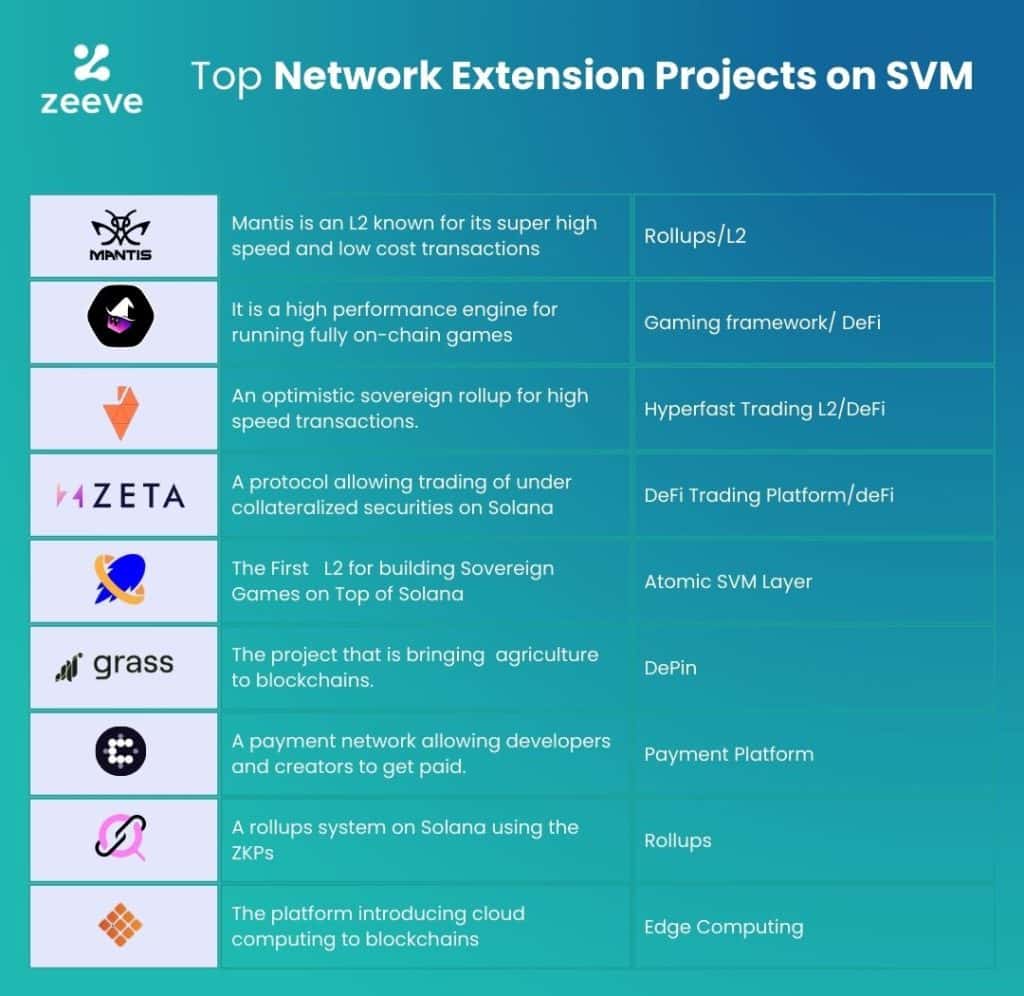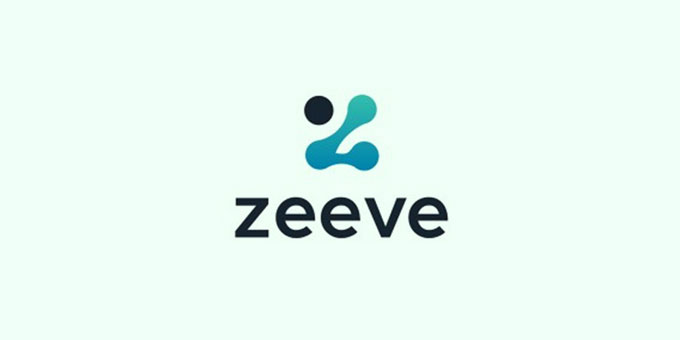Despite the network effect that Ethereum has exerted all these years by harnessing the rollup capabilities to achieve unprecedented scaling, Solana is still staying relevant must be a surprise for many. But in order to compete with Ethereum’s market cap of $295.8 B, an ecosystem, which is $63 B must have undergone massive upgrade to make itself relevant. Here are a few things notable elements which have brought Solana back in the game;
(i) Parallel Processing and the SVM
ii) The ZK Capabilities on Solana
iii) The emergence of network extensions
These upgrades have made other ecosystems look at Solana with a ray of hope.

What is Parallel Processing?
To understand parallel processing, let us first take an example to make you understand what it is and why it matters. Imagine you have built a very beautiful park. However, you have just two gates to let the crowd get in and view the picturesque sights. Now, you may ask, why not build a few more gates since there’s a lot of rush and most of the crowd has to return home empty-ended? Perfect idea, but there’s a limit to building these gates for entries.
That’s the reality of other chains like Ethereum/Polygon or similar, hindering user experience on the base chain. However, Solana has been designed to act in a scalable way by allowing all the transactions to pass at one single time. Hence, the name parallel processing. As a result, DeFi, Gaming, and many other applications scale horizontally and not linearly when deployed on top of the Solana blockchain. But how Solana makes parallel processing possible is worth the find.
What Solana Does to Achieve Parallel Processing?
Solana uses a revolutionary Sealevel parallel smart contracts run-time. Due to this, unlike Ethereum, which is burdened by traditional methods like Merkle-Patricia Trie for transaction processing, which allows only a single smart-contract interaction, the Solana chain initiates multicore processors to handle as many smart-contract interactions as possible. As a result, the developers can innovate and bring forth new use cases to scale the DeFi, gaming, and all emerging verticals.
Here’s a brief look at how parallel processing happens on the Solana chain.

As you can see in the image above, the transactions are arriving and getting processed simultaneously by the validators by getting shared into smaller chunks/shards. Sealevel parallel smart contracts run-time ensures that all the validators are updated on the state of the processing across all nodes validating the shards to eliminate any instance of double-spending. In this way, the Solana chain can remain decentralized, scalable, and gas-optimized due to its noble consensus mechanism. But is it only the parallel processing that makes the Solana chain red-hot, or do we have anything else? SVM
What Else Solana Offers To Be in Demand?
Solana VM, or SVM provides an advantage over EVM by being a lot faster and more efficient than the EVM. How?
- Solana Account Model (AM), a feature that abstracts the data of the users as separate and allows them to process parallelly. As a result, unlike an EVM, that stores the user data on a contract address, the SVM segregates the data of multiple users as separate and allows all different programs to run concurrently.
- SVM allows localized fee markets to happen, making processing lightning fast on the Solana chain, unlike the Ethereum Chain, which is burdened by a global fee market where all transactions compete with each other resulting in very high fees.
- SVM introduces multicore to use the existing hardware available on the network for processing multiple transactions at a single point of time.
- SVM allows non-native developers to tap into the Solana ecosystem
But, in order to do all these things, the need for a bridge arises to extend all these benefits to other chains. That’s where the SVM Intermediate comes in. .
The Solana VM (SVM) Intermediate or SVM intermediate acts as a bridge/translator for receiving the transactions at the RPC endpoints and converting the same into Solana-compatible bytecodes. In this way, the developers of the Ethereum ecosystem have nearly similar experience writing codes in Vyper and Solidity and making them executable on the Solana ecosystem.
Solana VM and the Role ‘Neon’ Could Play
As you can see, the Solang/Solana VM intermediate is a Solidity compiler that converts any foreign language into Solana-compatible RPC. So, the developers in the Ethereum ecosystem can code in Solidity instead of Rust/C++ to launch on top of Solana. However, Solang does not abstract away all the different memories of the smart contracts deployed, as well as the computing and execution model of the Solana and the Ethereum ecosystem, to make them easily communicative. So, any dapp developer who is building a dapp on top of the Ethereum ecosystem with its native language and wishes to host on top of Solana will have to additionally work to overcome the interoperability barriers.
Hence, the migration to Solana is a challenging affair. But that’s where Neon, the extended tool of the SVM, helps.
Neon abstracts the differences between the two EVMs and makes them easily communicative. So, if any developer is using other EVMs through SVM-powered Neon EVM, they can easily interact with the Solana ecosystem by simply changing the RPC endpoints to make their applications work. This happens because the SVM will support the same opcodes due to Neon. As a result, it becomes very simple to migrate to a new environment without changing a single line of code.
Now, as mentioned above, we have handled migration, allowed two different EVMs operating with different programming languages to communicate but what about the modularity that is the greatest sought out aspect to develop in the present Web 3 environment.
The Rise of SVM Rollups for Super-Hyper Scalability
The Solana ecosystem is introducing the SVM rollups to meet hyper scalability beyond firedancer. In order to do that, the SVM and validators’ clients will be separated and the ANZA team has already achieved this feat. Due to this, now it is possible to introduce rollups on top of Solana. So, even if the Ethereum ecosystem with the plans to extend to Solana wishes to enjoy maximum modularity with very high transaction speed and parallel processing, it is very much possible on the Solana chain. Because, at one point or the other, a single state machine cannot process multiple transactions at a single point of time, even Solana with FireDancer.
The SVM rollups like Nitro and Eclipse abstract this to introduce new possibilities where applications deploying on top of Solana can experience parallelization in transaction processing as well as create their own distinct app chain environment, something akin to the Ethereum ecosystem. With that said, not just 1 M TPS, due to fire-dancer but beyond is possible on the Solana rollups. At the same time, the SVM rollups also solve another pressing challenge of controlling the blockspace, gas and customization to the next level through the appchain stack/ SPE, which exclusively provides independence and freedom to applications without fragmenting their liquidity and allegiance to the ZK Technology initiatives of Solana to keep every chain closely intertwined and operational to meet very high scaling.
ZK-Chains Binding The SVM Together For Meeting Beyond Superficial Scalability
Even a Boeing-747 looks small if you are flying it through the Grand Canyon. Likewise, despite the FireDancer, the Solana TPS is in question that Light Protocol and Helius Labs have planned to solve through the ZK Compression. Due to the ZK Compresion, the on-chain state of tokens and accounts can be compressed to a very limited size on the Solana chain to accommodate the development of even more efficient and modular smart-contracts, which have been otherwise impossible on other smart-contract ecosystems. If this doesn’t trigger massive attraction of other chains to come and build with Solana VM, it is hard to fancy, what would? Leading to
Network Extensions: The New Narrative on Solana Ecosystem
By network extension, one might think that there will be a new layer building on top of Solana. But, such is not the case, a network extension is not building a separate layer but plugging-in the essential components of one system to introduce to another. For example, Ethereum looking at Solana is due to the parallelization it guarantees while processing the transactions. So, when Ethereum uses a plug-in like Neon, it can introduce the same feature to its ecosystem without compromising the liquidity or making the developer experience complex.
So, ideally a network extension will not be fragmenting the liquidity of the Solana chain, but adding liquidity and the trade-offs of other ecosystems to Solana. At the same time, exposing the trade-offs of Solana’s ecosystem to other chains. Now, the objectives might be debatable based on the context because some chains want to amplify functionality, while some want to optimize efficiency.
Let’s look at why some of them are choosing Solana as their extensions.
- Mantis, launching on top of Solana, wanted to overcome scalability, efficiency, and user experience.
- Ethereum, having lost majority of the revenues in the last 6 months to rollups, wanted to recapture the value by using the Solana ecosystem as a network extension for experiencing speed and modularity.
- MagicBlock wanted to provide an all-in-one stack to build Web 3 games
- SpiceNet wanted to have very high scalability for its 50X leverage trades.
- GetGrass wanted to scrape millions of data to train the AI models. In this regard, the SVM has provided unlimited scalability to GetGrass.
- GetCode: Wanted to bridge the Web 2 to Web 3 payment systems.
Top Network Extension Projects on SVM

Partner With Zeeve to Deploy on the Solana Network
Zeeve provides support for Solana deployment. Through its ready-to-deploy interface & plug-ins, you can deploy your Solana nodes in no time with the promise of Enterprise-grade Uptime, security and compliance. Zeeve ensures that your experience with managing the Solana blockchain is hassle-free.
If you need support, all you need to do is schedule a call with our experts, and they will guide you in setting up everything that you need to launch your project.






















